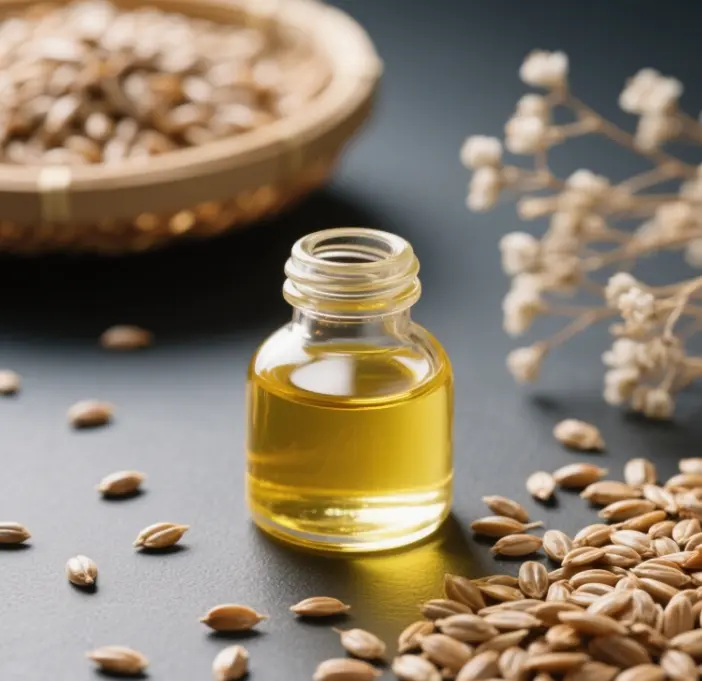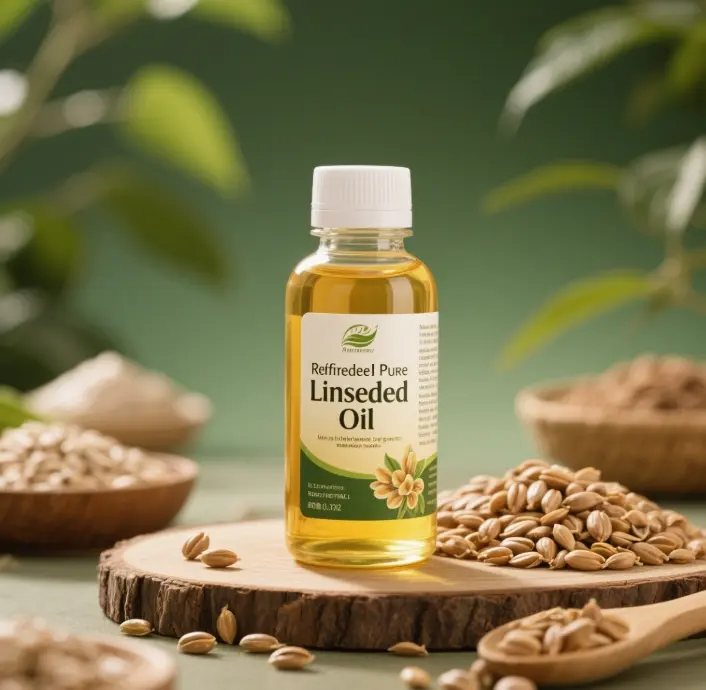In oil painting, the selection and use of oils is crucial. Different kinds of oils can affect the drying speed of oil paints, color performance and the shelf life of the paintings. For oil painting beginners, understanding the types of oils used in oil painting and their uses not only helps to improve the painting effect, but also prolongs the preservation time of the works. In this article, we will introduce several commonly used oils in oil painting to help you better understand their roles and the correct way to use them.

Turpentine
Turpentine is one of the most commonly used thinners in oil painting. Unlike oil, turpentine itself is a volatile liquid that contains a rosin resin component. Its main function is to dilute oil paints and make them easier to apply. The quality of turpentine directly affects the effect of the painting. When a good turpentine is dripped on white paper, the paper will become translucent, and after the turpentine evaporates, the paper will return to its original state without leaving any color or trace, and will not be deformed. Therefore, turpentine is an important material for mixing oil paints, making varnish and toning oil. It can also be used with other media to further blend colors.
Linseed Kernel Oil
Linseed Kernel Oil is a very common oil for oil painting, which belongs to the raw linseed kernel oil and has very good color expression, which can make the color of the oil paint more vivid and glossy. It is often used to blend oil paint, is one of the traditional color mixing oil. Linseed oil can be used in conjunction with turpentine to avoid cracking or pigment peeling after the picture has dried for a long time. In addition, if you need to accelerate the drying speed of the pigment, you can mix the cooked linseed oil with raw linseed oil.

Refined Pure Linseed Kernel Oil
Refined Pure Linseed Kernel Oil is similar to Raw Linseed Kernel Oil, but it is purer as it has been refined to effectively remove impurities. It gives oil paints a more vibrant color and a smoother application. A mixture of refined linseed oil and turpentine will reduce cracking of the picture. If faster drying is required, cooked linseed oil can be mixed with refined linseed oil to further speed up the drying process.
Poppy Oil
Poppy oil is a very slow drying oil that minimizes the problem of discoloration in oil paintings. The finest poppy oil is colorless and non-tarnishing, making it ideal for mixing paints that need to retain their original color. However, due to its extremely slow drying, it is more suited to wet painting methods and is not suitable for speeding up the drying of a picture. It is often used for oil detailing, especially parts that need to be kept wet for a long time.
Safflower Oil
Safflower oil is a high quality oil for the production of light colored pigments, especially white oil paints. It has good color permanence and does not yellow over time, so it is often used in oil painting to blend white and other light-colored pigments. Safflower oil not only has excellent color stability, but also maintains a good sense of gloss. It is a common ingredient used by many famous pigment manufacturers in the production of oil paints.
Cooked Linseed Kernel Oil
Cooked Linseed Kernel Oil is an oil for oil painting obtained through a heat treatment that dries faster for painting processes that require quick drying. With longer storage time, the color of cooked linseed oil will become more pure and transparent. Cooked Linseed Kernel Oil can be mixed with Turpentine, Linseed Kernel Oil and other oils to help speed up the drying of oil paints and enhance the stability of the image.
Walnut Oil (Raw and Aged)
Walnut oil is also a commonly used blending oil in oil painting. Raw walnut oil is the oil extracted directly from the seeds of walnuts, which can make the brush smoother and is especially suitable for blending colorless pigments such as zinc white and titanium white. It keeps the color of the pigment bright and not easy to change. Cooked Walnut Oil is specially treated to dry faster, making it suitable for painting techniques that require fast drying. Mixed with linseed oil or turpentine, walnut oil enhances the adhesion of the pigments and speeds up the drying of the picture.
Dammar Resin Oil
Dammar Resin Oil is a high-quality toner oil containing Dammar Resin, which increases the glossiness of the pigments and makes them stronger and more stable. It is often used in classical and transparent thin painting methods, and can be alternated with milky matte toners to achieve elegant visual effects. Dammar Resin Oil dries slowly, but it provides long-lasting gloss and color adhesion, making it ideal for varnishing and protecting finished paintings.
Saponified Wax
Saponified wax is a type of beeswax that is chemically treated to obtain a blending material that is mainly used to increase the consistency and plasticity of pigments. Its use allows for smoother brush strokes and protects the color of the pigment. Saponified waxes also add weight to the image and are often used in conjunction with other blending oils to achieve unique textural effects and textures.
Preservation and Conservation
The storage environment of oil paintings is crucial for their preservation. To avoid deformation of the canvas or peeling off of the oil layer, oil paintings should be stored in an environment with a suitable temperature and stable humidity, ideally between 15°C and 25°C, and the humidity should be maintained between 50% and 60%. Avoid too much direct sunlight and use UV absorbing film to protect the oil painting from light damage. In addition, keeping the surface of the oil painting clean will also help to prolong its life.
In the use of oils in oil painting, choosing the right oil is crucial. Different types of oils have different effects that affect the color performance of the oil painting, the speed of drying, and the shelf life of the work. Understanding the characteristics of these oils and using them wisely can help oil painting creators to better complete their works and ensure the long-term preservation of the oil paintings. We hope that through the introduction of this article, you can have a clearer understanding of the oil in oil painting, and flexibly use it in the creation of more exquisite oil paintings.



